
Hatsune Miku: Project Mirai DX (3DS) - Review
by Jared Katz , posted on 08 September 2015 / 5,345 ViewsHatsune Miku is a sensation in Japan. The vocaloid character's 3D projected concerts have been selling out stadiums across the country for years. In order to try and globalize this vocaloid brand, Sega and Crypton Future Media have been slowly introducing Hatsune Miku and the other vocaloids to the west. This leads us to the newest Hatsune Miku localization - Hatsune Miku: Project Mirai DX for the 3DS.
This entry in the series swaps out the normal Hatsune Miku for a nendoroid proportioned Hatsune Miku. As a spin-off game, Project Mirai DX also takes some cues from popular handheld rhythm games like Elite Beat Agents and Theatrhythm Final Fantasy, but even with these mechanical changes it is, at its core, just what fans have come to love and expect from the Hatsune Miku franchise. Fans of the genre and the franchise as a whole will feel at home when playing Hatsune Miku: Project Mirai DX, though they may find it lacking in difficulty.
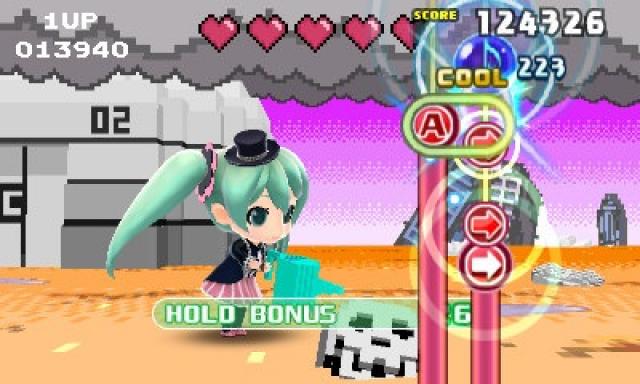
Unlike other Hatsune Miku games, in Project Mirai DX you follow a moving line and hit any notes that appear on the line’s track. The line will move in various different directions and will form random shapes, from simple circles to more complex objects, and occasionally it randomly ends, with a new line spawning elsewhere on the screen. It's fairly limited in terms of note types, however; you'll only find Normal Notes, Hold Notes, Slash Notes (for the touch control scheme only), and Line Notes (for the button control scheme only).
But yes, Project Mirai DX does feature both touch screen and regular button control scheme options. Due to their inherent differences the two schemes are given their own difficulty ratings and scores for each song, which makes both worth trying out. For touch controls, you’re simply tapping the on-screen button that corresponds with the note's color. Each time you raise the difficulty you gain a new colored note, and with it an additional corresponding button on the touch screen.
The button control scheme follows the same general principal, with the player pushing the button that corresponds with the note that's displayed on-screen. In contrast with the touch controls, however, you start out with two buttons and advance to four when you reach hard difficulty. While most players will favor one over the other (I preferred touch), both of the control schemes work well and are easy adapt to.
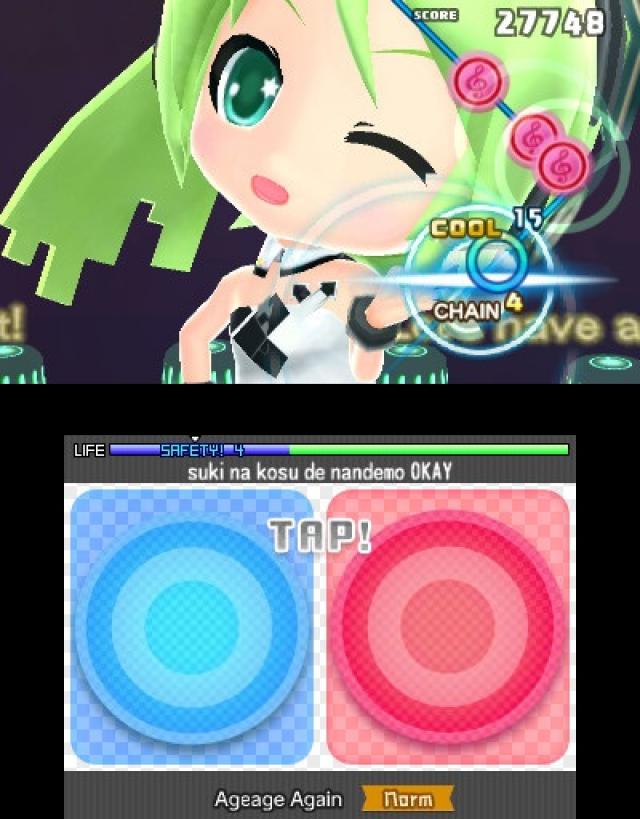
Out of all of the Hatsune Miku games created thus far, Project Mirai DX is by far the most jam-packed in terms of music catalog and side activities. The game features 48 different songs that cover a variety of genres, from electronic pop to soulful jazz. Each song also features an easy, normal, and hard difficulty level for both control schemes, and there's an unlockable super hard difficultly for six of the songs.
While the songs are fun to play through, those who are looking for a challenge will almost certainly be disappointed with Hatsune Miku: Project Mirai DX. I consider myself an average level gamer when it comes to rhythm games - I was able to complete about half of Hatsune Miku: Project DIVA F’s songs on hard after a dozen or so tries on each song, for example. With Project Mirai DX, however, I had no trouble passing any of the songs on hard and I was also able to beat one super hard song after just five attempts.
At least Hatsune Miku: Project Mirai DX has taken customization options to the next level. As in the previous games, you can dress up your singer in a variety of outfits which are unlocked by completing songs. Unlike those games, your singer can wear any outfit for their gender (so no dressing Len up in a frilly dress), even if it isn’t specifically designed for that singer. Wearing another character's outfit will change the singer’s clothes, however it will not change their hairstyle.
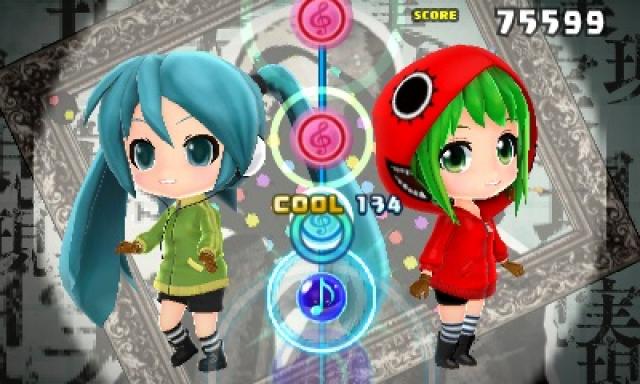
In the song catalog 13 of the songs have multiple alternate singers. These alternate singers can be unlocked by beating the song on different difficulties and using the two different control schemes. When you include all of the alternative singers for each song, the game boasts a grand total of 78 songs.
Due to the 3DS’s limited power you can’t expect the visual flare of the mainline games, but on the whole Project Mirai DX looks fine. Most of the background videos are able to get around the handheld's power constraints by making clever use of 2D art, filters, and clever camera cuts.
Some songs do unfortunately stand out negatively in the visual department, and those that do all take place on a lifeless concert stage. Your singer simply moves around a stage with a few blocky backdrops. These videos come across as dull and, frankly, lazy, especially when compared to the rest of the video catalog.
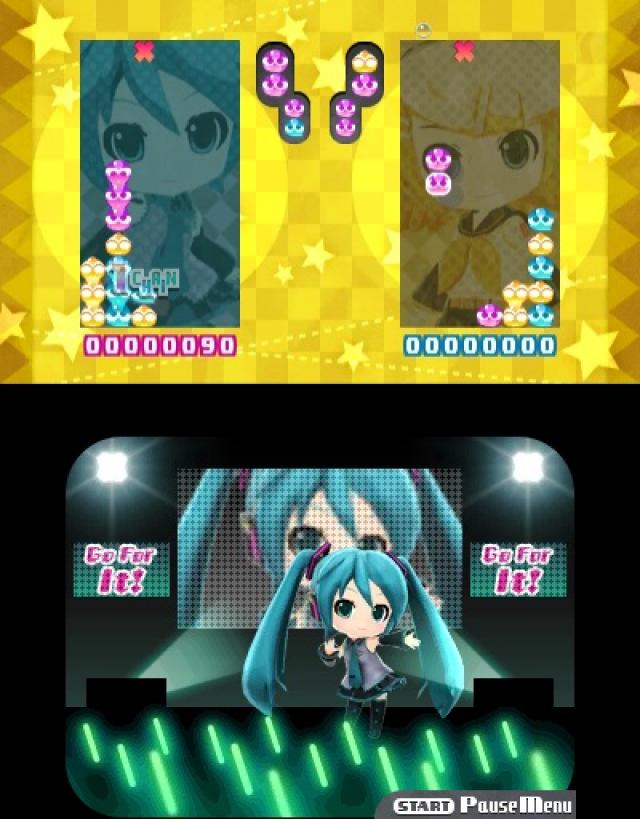
While the rhythm gameplay is the main focus of Hatsune Miku: Project Mirai DX, there is plenty to do outside of it. The main hub acts as the home of your chosen vocaloid singer. Here you can interact with the singer and customize their room with various Hatsune Miku and Sega objects, give your vocaloid food in order to raise their friendliness levels, and also play against them in a game of reversi. There is even a fully-fledged Puyo Puyo game that you can play either against the computer or against another person locally.
Finally, you can also create your own dance videos to any song in the game in the dance studio. You gain more dance moves as your friendship grows with your singer, however there is no way to send or download dance routines without physically being near another player.
Beauty is in the eye of the beholder, and whether you'll enjoy Hatsune Miku: Project Mirai DX or not will largely depend on whether or not you enjoy Hatsune Miku music. For fans of the music, Project Mirai DX has by far the best selection of tracks featured in the series so far and boasts a number of song debuts.
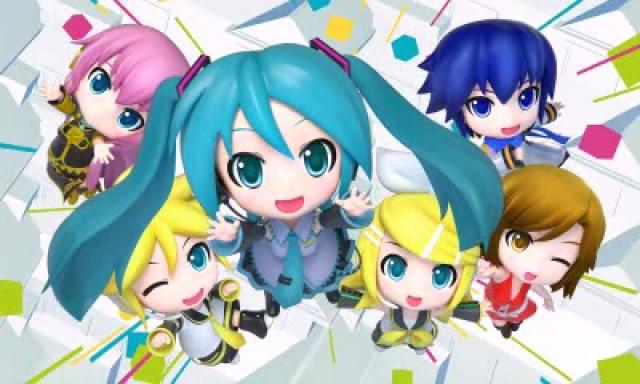
My only qualm with the soundtrack is that it's a bit too Miku-heavy when it comes to singers. Out of the 48 songs, 32 of them feature Miku as the main singer or as part of a duet. Luckily, the inclusion of changeable singers for certain songs helps to somewhat remedy this Miku overload.
Hatsune Miku: Project Mirai DX does a great job of reimagining the franchise to suit a less masochistic rhythm fan base. While the game lacks the difficulty that some fans have to come to know and love, it largely makes up for this with a generous tracklist and heavy customization elements. On the whole, Hatsune Miku: Project Mirai DX is an enjoyable experience that manages to scratch an itch that, for me at least, has been left unscratched on the 3DS since the release of Theatrhythm Final Fantasy: Curtain Call.
This review is based on a digital copy of Hatsune Miku: Project Mirai DX for the 3DS, provided by the publisher.






















